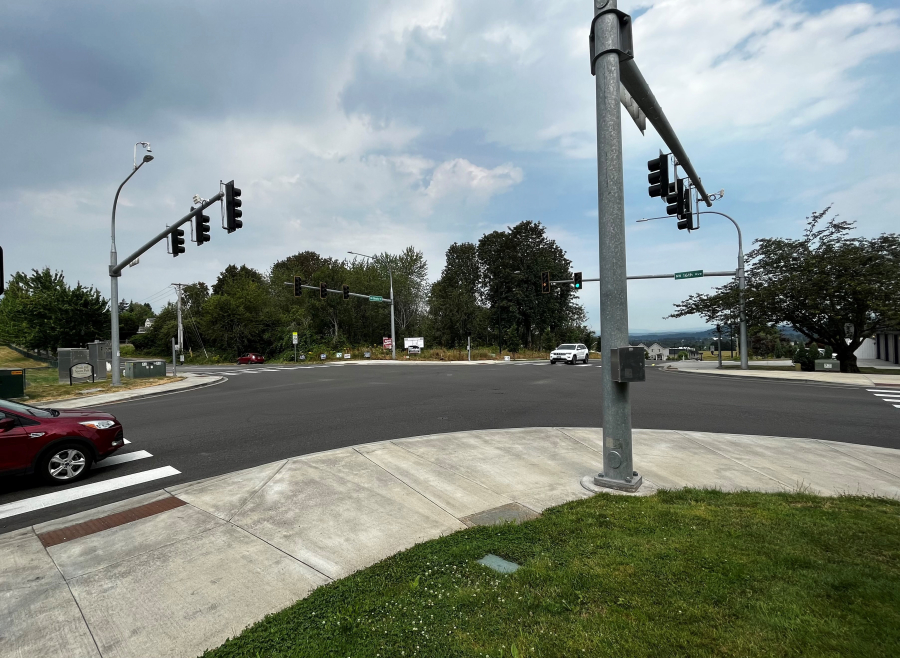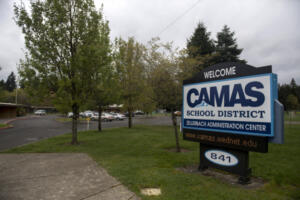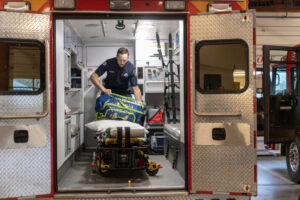A proposal to build a gas station-convenience store complex at a busy Camas intersection located across the street from the Prune Hill Sports Park and about 300 feet from Prune Hill Elementary School is being met with strong community opposition.
Dozens of opponents — many of them parents of Prune Hill Elementary students who say the project would endanger children biking and walking to and from the nearby school — voiced their concerns on Tuesday, July 26, during a public hearing before the city of Camas’ independent hearings examiner, Joe Turner, who will decide the fate of the project’s required conditional-use permit.
Amy Linder, the president of the Prune Hill Elementary School’s parent-teacher association (PTA), pointed out during the July 26 hearing that the intersection at Brady Road and 16th Avenue has “limited sight lines” for drivers and “is a very, very busy place with many small children,” especially during school drop-off and pick-up times in the morning and afternoon hours.
“It is regular to see drivers … speed through there,” Linder said, “and now we’re talking about adding 300 to 400 trips every morning? This is a recipe for disaster.”
If Turner OKs the application for a conditional-use permit, the applicant, Howard Bode of the Las Vegas-based CK Designs, would subdivide the 2.16-acre property — surrounded by single-family housing developments — into three lots zoned for community-commercial uses and construct a 7,350-square-foot convenience store and car wash, 12 gas station pumps, a 3,900-square-foot, drive-through coffee shop and retail building and a 2,800-square-foot retail building.





